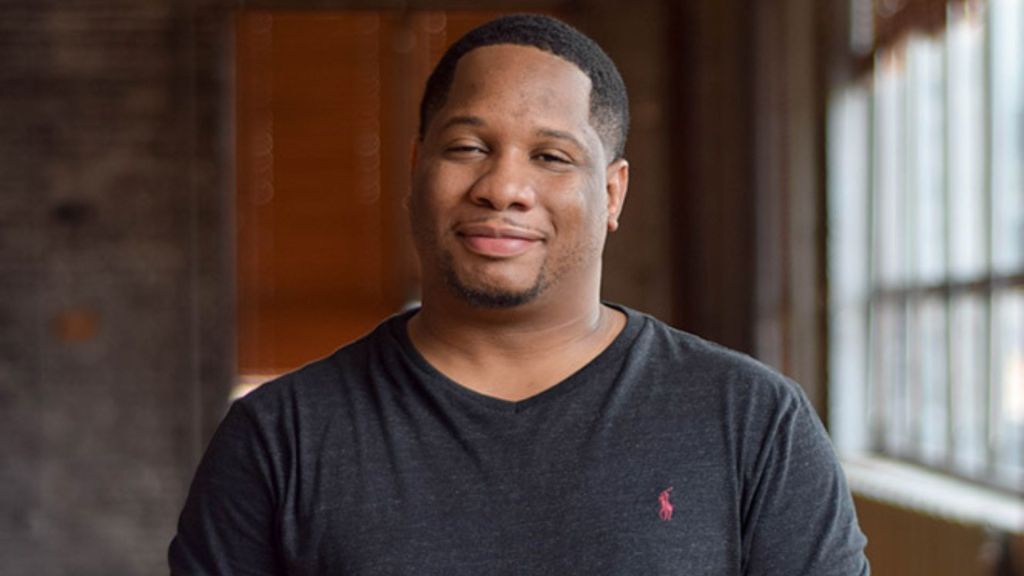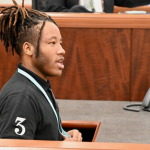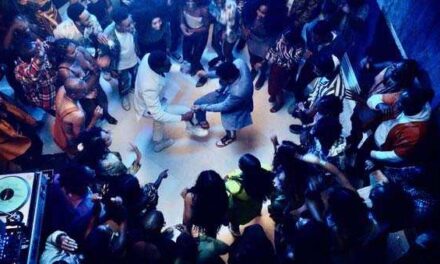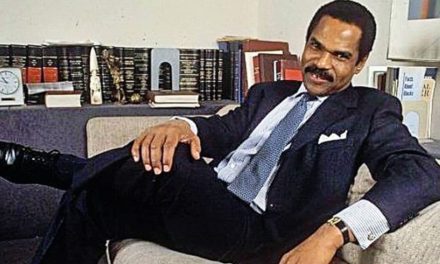
By Dayvon Love
Ideally, in the policymaking arena individual stories should supplement empirical data, historical information and subject matter expertise in order to develop the best policy. The sole use of individual stories to justify a policy is flawed because those stories may not be representative of the material reality of the people impacted by that policy. The most extreme stories of violent crime are often foregrounded by proponents of “tough on crime” policies as a justification for opposing efforts to reduce the harm of the criminal justice system in our community. For instance, a bill referred to as the Second Look Act in Maryland would allow for a person who has been incarcerated for at least 20 years to have the ability for a judge to assess their case and determine whether that person’s sentence should be adjusted.
According to a US Sentencing Commission report in 2017 Black men receive sentences that are 20 percent longer than White men. Additionally, Black people are five times more likely to be incarcerated than White people. This legislation is an attempt to remedy the damage caused by this societal regime of White supremacy that produces mass incarceration. This would give people who believe they received an unjust sentence to have an opportunity to have their sentence reduced. Additionally, this would give people who did cause harm in the community, but have been truly rehabilitated and would be a benefit to the community, an opportunity to have their sentence modified.
The primary line of argument that has been used to oppose this policy is that this is harmful to the victims of crime. The pain of the victims of violent crime are weaponized in ways that inflame existing societal, White supremacist beliefs that Black people are inherently prone to violence. Mainstream discourses about violent crime cast typical victims as White women, feeding societal stigmas like the myth of the Black rapist (i.e. D.W. Griffin’s “Birth of a Nation”) to justify opposition to criminal justice reforms.
There have been attempts in the Maryland General Assembly this year to center Black victims of crime in response to that dynamic by right-wingers. This tactic taps into a phenomenon that is not often addressed in public but has significant implications for public policy. When Black people have been victims of violence and abuse, especially by Black people, it triggers deeply held beliefs that Black people are morally and culturally inferior. These notions are seared into the collective American consciousness by the propaganda that constantly projects narratives and images that support those beliefs. For instance, think about the famous Chris Rock joke about the difference between Black people and ni–as. In his joke, ni–as are trifling, don’t take care of their children, are irresponsible, etc. The use of the word ni–as is important here because it demonstrates the way that historical notions of anti-Blackness have been injected into our collective sense of ourselves, even when we are joking. For many people these beliefs are deep and subconscious, but are activated by trauma caused at the hands of Black people. Think about the way that some of us respond when we have a bad experience at a Black-owned establishment. I have heard many people say that they will not support any more Black businesses because of one bad experience. Those same people typically won’t say that they will never support a White-owned business if they have a bad experience with them. That is because the bad experience with Black people flares up beliefs that Black people are morally and culturally inferior and that their individual bad experience is evidence of that deeply held belief.
When it comes to violent crime, Black people who have been victims are encouraged to focus on seeking justice through supporting laws to more harshly punish criminals. What makes this more complicated is that one of the impacts of the system of White supremacy is that there is not the same urgency to solve violent crime in working class Black communities as there is in White communities. This is not the result of not having harsh enough policies, this is often the result of the fact that Black life is deemed less precious by law enforcement (and by civil society more broadly), particularly the kinds of Black people in poor and working-class Black communities.
In fact, according to The Council of State Governments Justice Center, White victims of homicide are twice as likely to have their cases solved than Black victims. The same prosecutors and law enforcement establishment that historically has opposed efforts to address police brutality and racism in the criminal justice system are the same people standing next to Black victims of crime, claiming that their opposition to the Second Look Act is based on a deep commitment to the families.
An astute political analysis indicates that it is merely a tactic that is being used to support an ideological agenda that is rooted in the policies that led to the mass incarceration of Black people. The reality is that the pain of people who are victimized by violent crime should not be weaponized to support the dehumanization of Black people who are incarcerated. People who are serving unjust sentences should have an opportunity to have their sentences modified. People who have changed their life and are able to make a positive impact on their community should be able to have their cases considered to give them a second chance.
The pain of all victims matter. Whether you are a victim of violence committed by a police officer, by a stranger, a family member, or unjust exposure to the criminal justice system, all of their pain equally matters.
The post Opinion: Whose pain matters? appeared first on AFRO American Newspapers.











